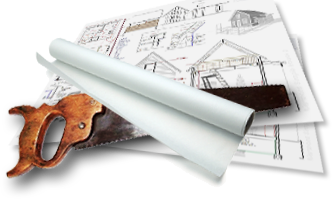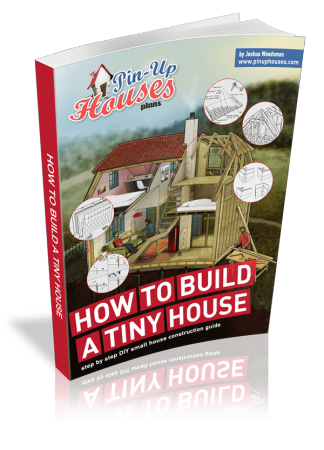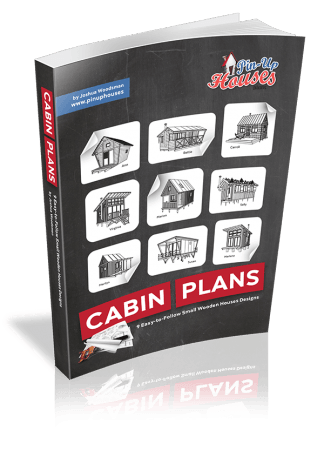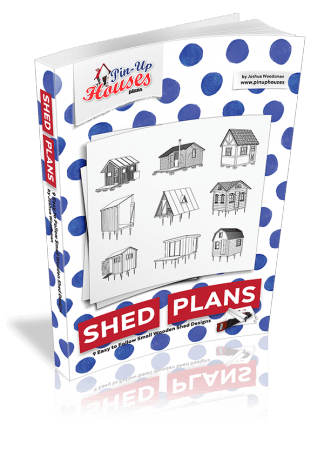Moving doesn’t have to wipe out your savings or bury you in surprise bills. Whether you’re heading across town or across the country, the secret to a stress-free, budget move is all about smart planning and timing. It’s about knowing where to save money — without sacrificing quality.
Picture moving like booking a vacation. You wouldn’t grab the first flight at the highest price, right? You’d look around, compare options, and find a better deal. The same goes for moving. With a few clever tricks and some inside knowledge, you can save hundreds (sometimes thousands) of dollars and still get all your stuff to your new place safe and sound.
The Zero-Dollar Packing Strategy
Your biggest moving expense doesn’t have to be boxes and packing materials. In fact, with a little creativity and some strategic sourcing, you can pack your entire home without spending a dime on traditional supplies.
If you’re looking for more essential moving advice on smart preparation, check out this guide on how to make your next move effortless. It covers practical steps that make planning and packing so much easier.
Sourcing Sturdy, Free Boxes
The secret to free, high-quality boxes lies in knowing where businesses regularly discard perfectly good containers. Liquor stores are absolute goldmines for small, incredibly sturdy boxes that can handle books, dishes, and other heavy items without buckling. These boxes were designed to transport glass bottles safely, so they’re built to last.
Office supply stores and corporate buildings frequently have clean, uniform boxes from paper deliveries and equipment shipments. Unlike random retail boxes, these tend to be consistent sizes, making your truck loading more efficient. A quick call or visit during their delivery days can score you dozens of identical boxes.
The digital age has revolutionized free box hunting through online community marketplaces. Facebook Marketplace and Craigslist “Free” sections are treasure troves where people post moving boxes after their own relocations. Set up alerts for “moving boxes” in your area, and you’ll often find entire moving kits available for pickup.
U-Haul’s Box Exchange program and similar forums connect people giving away boxes with those who need them. It’s like a recycling network that benefits everyone while keeping perfectly good boxes out of landfills.
Upcycled Packing Materials
You don’t need to waste money on bubble wrap or packing paper. Just use what you already have at home. Towels, sheets, blankets, and clothes all work great to cushion your breakables — and you have to pack them anyway.
Slip clean socks over glasses, bulbs, or anything fragile. Stuff soft toys and pillows in boxes to fill empty spaces and keep things from sliding around. It’s smart, easy, and saves you cash.
Digital Inventory and Labeling
Creating a simple spreadsheet to track your box contents transforms the chaotic unpacking process into an organized system. Include the room destination, a brief contents list, and a priority level for each box.
Take this system further by generating QR codes for detailed box inventories. Print and tape these codes to each box, allowing you to scan and instantly see complete contents lists on your smartphone. This tech-savvy approach saves hours of box hunting when you need specific items immediately after moving.
Timing Your Move for Peak Savings
Just like airline tickets and hotel rooms, moving costs fluctuate dramatically based on demand. Understanding these patterns can save you serious money.
The Off-Season Advantage
The moving industry follows predictable seasonal patterns. Summer months see premium pricing due to school schedules and favorable weather, while the period between October and April offers significant savings. During off-season months, moving companies often slash rates by 20-30% to maintain steady business.
This reduced demand also means increased availability and flexibility. Companies are more willing to accommodate specific timing requests, negotiate on pricing, and provide better customer service when they’re not overwhelmed with peak-season bookings.
The Mid-Month, Mid-Week Sweet Spot
Most leases begin and end on month boundaries, creating massive demand spikes during the first and last weekends of each month. Targeting mid-month dates, particularly Tuesday through Thursday, can dramatically reduce your costs.
Weekend moves command premium pricing because that’s when most people prefer to relocate. If your schedule allows weekday flexibility, you’re looking at potential savings of $200-500 depending on your move size.
Advance Booking Tactics
Early birds don’t just get the worm in moving; they get substantial discounts. Booking your move four to six weeks in advance often qualifies you for early-bird pricing that can reduce your total cost by 10-15%.
Many companies offer specific advance booking incentives, so don’t be shy about asking. The worst they can say is no, but you’ll often discover unpublished discounts for customers who plan ahead.
Choosing Your Moving Partner Wisely
Selecting the right moving company involves more than just comparing hourly rates. Understanding the full picture of moving costs and company reliability protects both your wallet and your belongings, especially when selecting a full service long distance moving company.
Decoding the Moving Quote
Moving quotes contain numerous components that can significantly impact your final bill. Hourly rates versus flat-fee pricing each have advantages depending on your specific situation. Local moves typically use hourly rates, while long-distance relocations often employ flat fees based on weight and distance.
Hidden costs lurk in many quotes. Fuel surcharges, travel time fees, and stair fees can add hundreds to your bill if you’re not prepared. Understanding insurance options is equally crucial. Released Value Protection provides minimal coverage at 60 cents per pound, while Full Value Protection offers comprehensive coverage but costs significantly more.
The Power of Multiple Bids
When researching options like Framingham movers, collecting multiple detailed estimates reveals the market rate and helps identify outliers. Companies charging significantly more or less than others often have hidden reasons that could impact your experience.
Request detailed breakdowns that clarify hourly rates, fixed fees, fuel surcharges, and insurance coverage. Sometimes a slightly higher hourly rate from an experienced crew saves money through superior efficiency and speed. A professional team that loads your truck in three hours versus an inexperienced crew taking five hours makes the higher rate worthwhile.
Spotting Red Flags
Legitimate moving companies never demand large cash deposits upfront. Reputable movers accept credit cards and provide detailed contracts outlining all services and costs. Be wary of companies with vague websites, poor communication, or missing licensing information.
Always verify that potential movers have proper insurance, licensing, and a physical business address. Door-to-door solicitation and significantly below-market pricing often signal potential scams or substandard service.
The Cost Breakdown: DIY vs. Professional Hire
Knowing the real costs of each moving option helps you choose what actually works for your budget, skills, and needs.
Calculating the True Cost of a DIY Move
DIY moves involve more expenses than just truck rental. Rental trucks typically cost $30-300 per day depending on size, plus mileage fees ranging from $1-3 per mile. Fuel costs vary dramatically based on truck size and fuel efficiency, but budget $100-400 for local moves and significantly more for long distances.
Insurance and damage waivers usually cost $20-40 a day, but they’re worth it for peace of mind. Renting things like dollies, furniture pads, or ramps adds another $50-100. And don’t forget your own time and energy, or the price of pizza and snacks for friends who help you move.
To help you get a better idea of how much it’ll cost to move on your own, here’s a rough table of typical expenses:
| Expense Item | Estimated Cost | Notes |
| Truck Rental | $50 – $200+ | Varies by size and day of the week |
| Per-Mile Fee | $0.79 – $1.59/mile | A major factor in long-distance moves |
| Fuel | $50 – $150+ | Calculate based on the truck’s low MPG |
| Insurance/Waivers | $20 – $50 | Essential for protecting against damage |
| Equipment Rental | $15 – $40 | Dollies, furniture pads, ramps |
| Your Time (Valued) | XX/hour | Don’t forget the value of your own labor |
| “Friendship” Cost | $50+ | Pizza, drinks, and future favors for helpers |
The Break-Even Point: When to Hire Pros
Professional movers become cost-effective when dealing with specialty items like pianos, large artwork, or antiques that require expertise and special equipment. Multiple flights of stairs, narrow doorways, or difficult parking situations often justify professional handling.
Consider your time’s value when making this decision. If earning overtime or focusing on work generates more income than the cost difference between DIY and professional moving, hiring movers makes financial sense.
Hybrid Moving Solutions
Mixing things up often saves you the most. Rent a truck yourself, then pay a crew just for the heavy lifting. You stay in charge of the schedule and transport, but the pros handle your stuff with care.
Or, pack all your things on your own and hire movers only for loading, driving, and unloading. You cut costs on packing help but still get an efficient, safe move.
The key to budget-friendly moving lies in understanding your options, timing your decisions strategically, and being creative with resources. Every dollar saved on your move is a dollar available for settling into your new home and community. And if you’re navigating your relocation on a tight budget, don’t overlook trailer rentals for moving — they can slash your transport costs without cutting corners on convenience.








